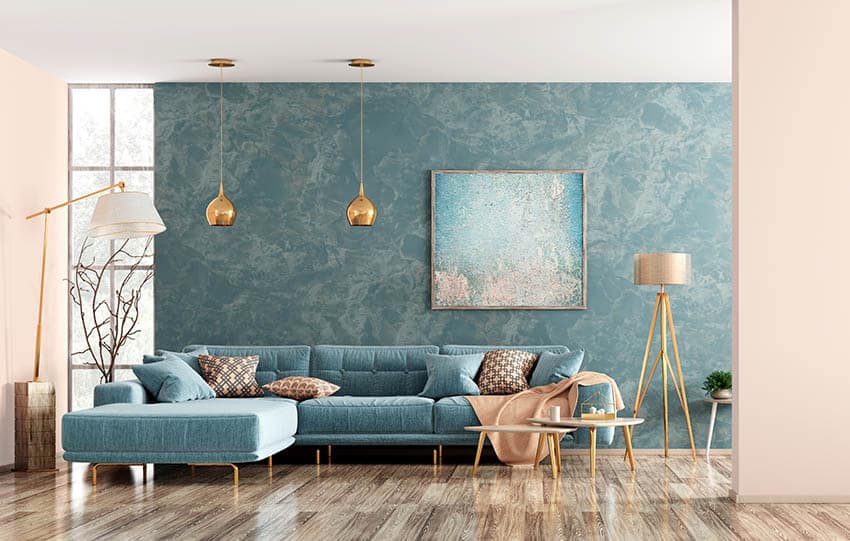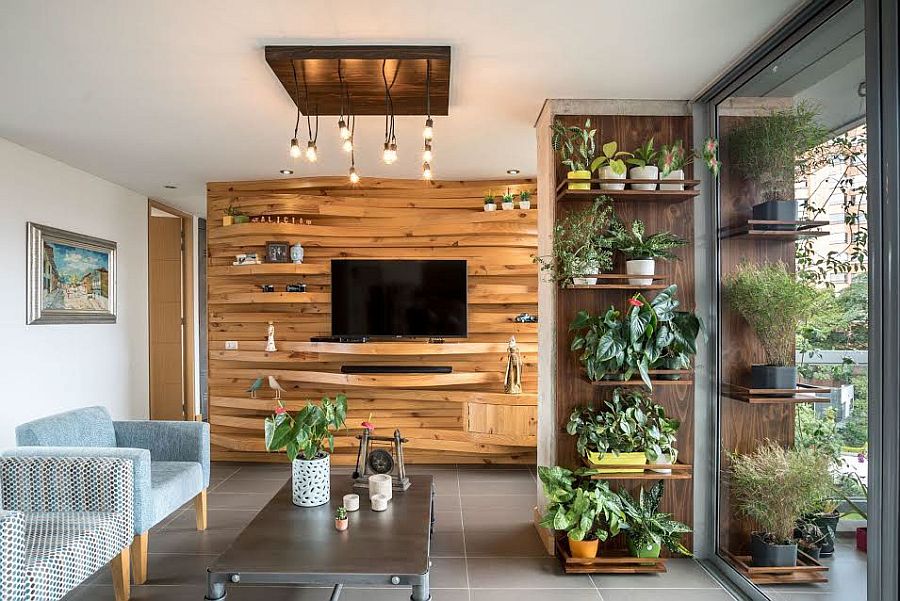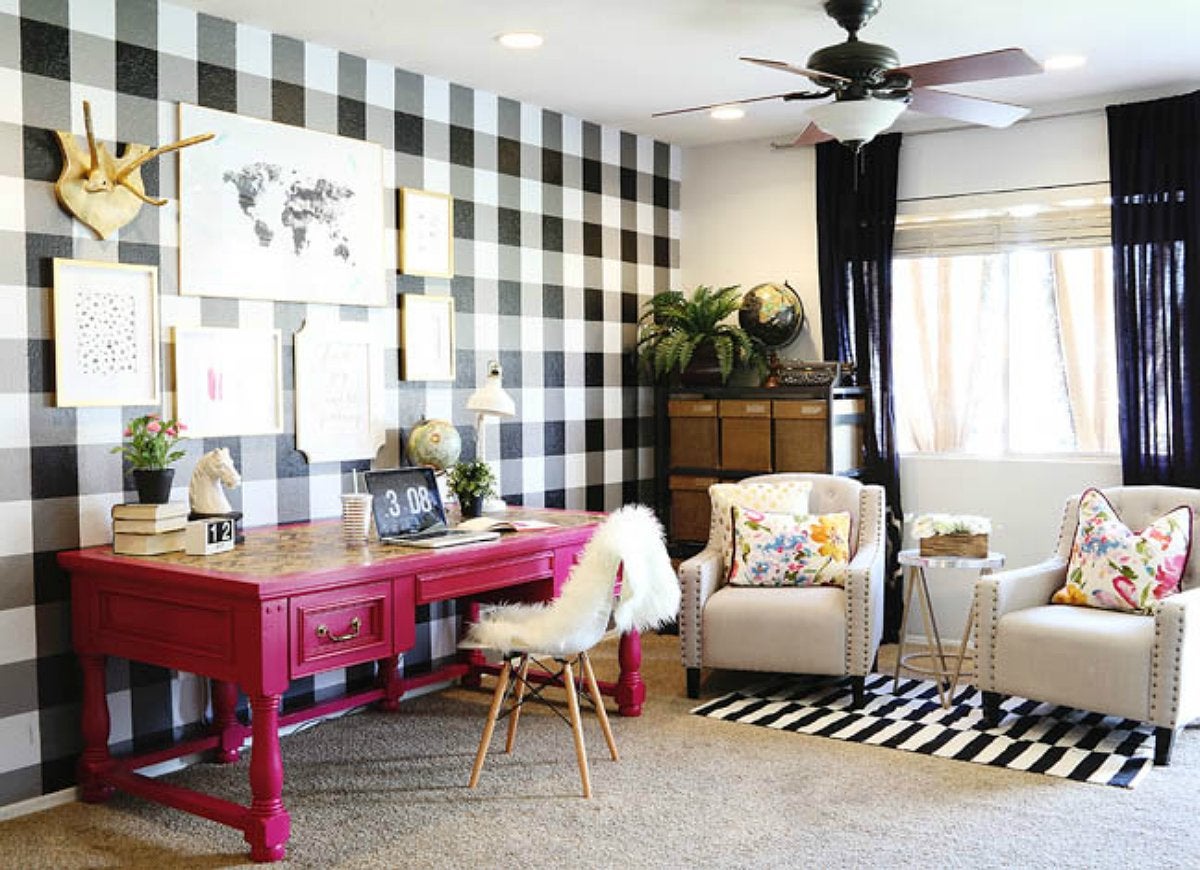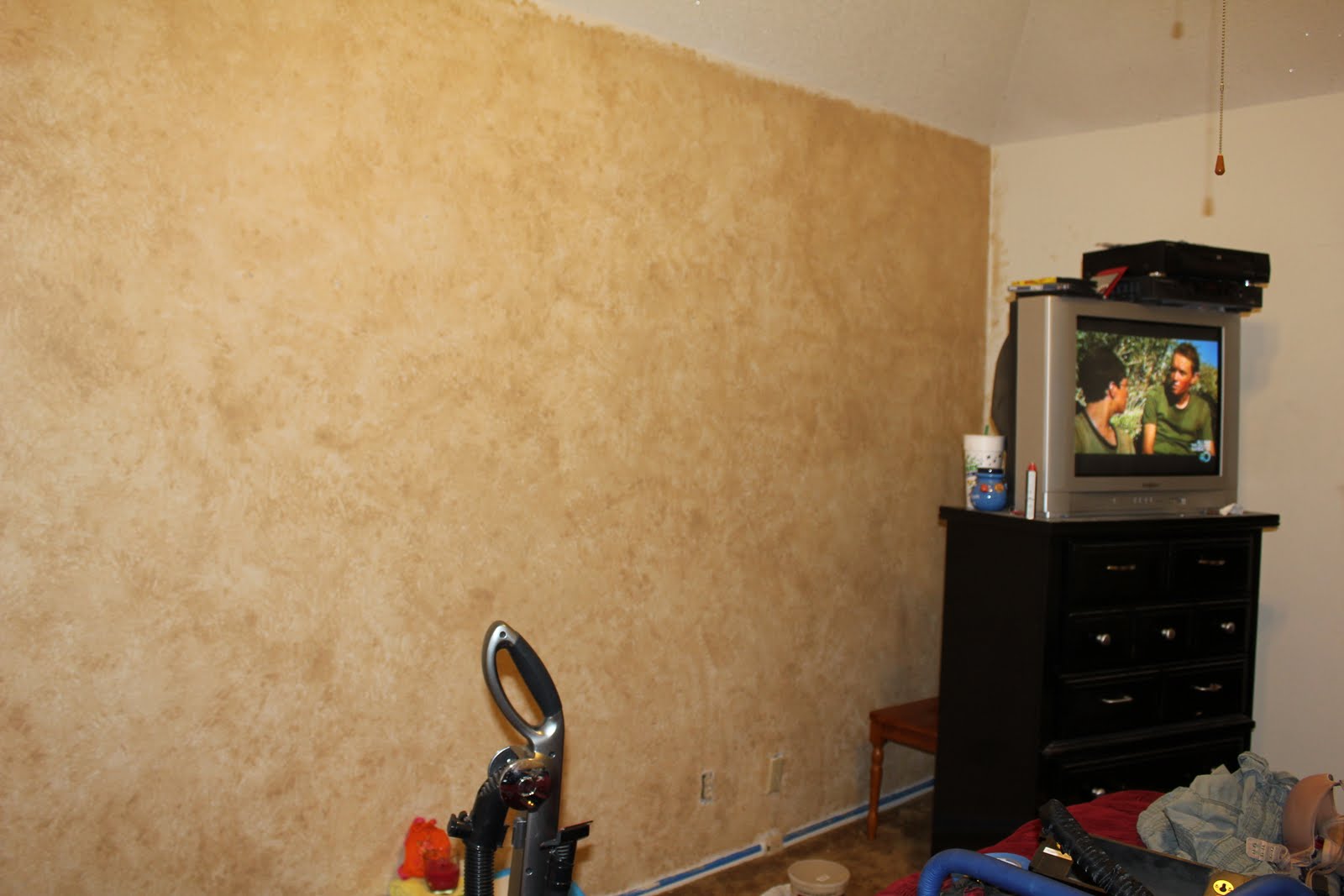Accent Wall Painting Ideas for Your Living Room
Adding an accent wall to your living room is a great way to add personality and interest to the space. It's a simple and cost-effective way to transform the look of your room without having to completely redecorate. But with so many options out there, it can be overwhelming to choose the right accent wall painting idea for your living room. Here are some ideas to get you started:
1. Stripes
Vertical or horizontal, thick or thin, stripes are a classic choice for an accent wall in your living room. They can add a bold and modern touch or a subtle and elegant look, depending on the color and width of the stripes. You can also get creative and mix different colors and widths for a unique and eye-catching design.
2. Geometric Patterns
If you want to add a touch of sophistication to your living room, consider painting a geometric pattern on your accent wall. This can range from simple and clean lines to complex and intricate designs. It's a great way to add visual interest and texture to your space.
3. Ombre
Ombre is a popular trend in home decor, and it can look stunning on an accent wall in your living room. This technique involves blending two or more shades of the same color to create a gradient effect. It's a great way to add depth and dimension to your space.
4. Stenciled Designs
Stencils are a fun and easy way to add a unique design to your accent wall. You can find a variety of stencils in different patterns and styles, or you can create your own. This is a great option if you want to add a personal touch to your living room.
5. Gallery Wall
If you have a collection of artwork or photographs, consider creating a gallery wall on your accent wall. This is a great way to showcase your favorite pieces and add a personal touch to your living room. You can mix and match different sizes and frames for a eclectic look, or keep it cohesive with matching frames and a specific theme.
How to Paint an Accent Wall in Your Living Room
Now that you have some ideas for your accent wall, it's time to learn how to paint it. Here's a step-by-step guide to help you achieve a professional-looking accent wall in your living room:
Step 1: Choose the Right Color
The first step is to choose the color for your accent wall. Consider the overall color scheme of your living room and choose a color that complements it. You can also use the color wheel to choose a contrasting color for a bold and eye-catching look.
Step 2: Prep the Wall
Before you start painting, you'll need to prep the wall. This includes cleaning the wall, filling any holes or cracks, and sanding any rough spots. This will ensure a smooth and even surface for your paint.
Step 3: Tape Off the Edges
To ensure clean and crisp edges, use painter's tape to tape off the edges of your accent wall. This will prevent any paint from bleeding onto the adjacent walls.
Step 4: Prime the Wall (Optional)
If you're painting over a dark or bold color, it's recommended to prime the wall before painting. This will help the new color adhere better and prevent any old color from showing through.
Step 5: Paint the Wall
Using a roller, start painting the wall in a W pattern. This will ensure an even and smooth coverage. Once the first coat is dry, apply a second coat for a more vibrant color.
Step 6: Remove the Tape
Once the paint is dry, carefully remove the painter's tape for clean and crisp edges.
Step 7: Touch Up
If there are any areas that need touch up, use a small brush to carefully fix any imperfections.
Choosing the Right Color for Your Living Room Accent Wall
When it comes to choosing the right color for your living room accent wall, there are a few things to consider:
1. Existing Color Scheme
Consider the colors already present in your living room, such as furniture, curtains, and rugs. Choose a color that complements these existing colors rather than clashes with them.
2. Mood and Style
The color of your accent wall can also affect the mood and style of your living room. For a calming and relaxing atmosphere, choose cool tones like blues or greens. For a bold and energetic feel, opt for warm tones like reds or oranges.
3. Room Size
The color of your accent wall can also make a room feel bigger or smaller. For a small living room, choose light or neutral colors to create a more open and airy feel. For a larger room, you can go darker or bolder without making the room feel too cramped.
4. Personal Preference
Ultimately, the color you choose for your accent wall should be one that you love and feel comfortable with. Don't be afraid to go with a bold color or try something new.
Step-by-Step Guide to Painting an Accent Wall in Your Living Room
Now that you have your color and know how to paint your accent wall, here's a more detailed guide to help you get the perfect accent wall in your living room:
Step 1: Choose Your Wall
Decide which wall you want to be your accent wall. Typically, this is the wall that draws your attention when you enter the room, such as the one behind your couch or TV.
Step 2: Measure and Calculate
Measure the length and height of your wall to determine how much paint you'll need. One gallon of paint typically covers 400 square feet, but it's always better to have too much than not enough.
Step 3: Gather Your Supplies
In addition to your paint, you'll need a roller, paint tray, painter's tape, drop cloth, and a small brush for touch-ups.
Step 4: Prep the Room
Remove any furniture or decor from the wall and cover the floor with a drop cloth to protect it from paint splatters. You may also want to cover any outlets or switches with painter's tape.
Step 5: Clean and Prep the Wall
Use a damp cloth to wipe down the wall and remove any dust or dirt. Fill any holes or cracks with spackle and sand down any rough spots. If necessary, prime the wall before painting.
Step 6: Tape Off the Edges
Use painter's tape to tape off the edges of your wall, including the ceiling and baseboards. Make sure the tape is pressed firmly against the wall to prevent any paint from bleeding through.
Step 7: Paint the Wall
Using a roller, start painting the wall in a W pattern, starting from the top and working your way down. Apply a second coat once the first coat is dry for a more vibrant color.
Step 8: Remove the Tape
Carefully remove the painter's tape while the paint is still wet for clean and crisp edges. If the paint has dried, use a razor blade to gently score along the edge of the tape before removing it.
Step 9: Touch Up
If there are any areas that need touch up, use a small brush to carefully fix any imperfections.
Tips for Creating a Stunning Accent Wall in Your Living Room
Here are some extra tips to help you create a stunning accent wall in your living room:
1. Consider the Lighting
The lighting in your living room can affect how the color of your accent wall looks. Consider the natural and artificial lighting in the room when choosing your paint color.
2. Don't Be Afraid to Go Bold
An accent wall is meant to be a focal point, so don't be afraid to choose a bold and vibrant color. It can add a touch of personality and interest to your living room.
3. Use Different Shades of the Same Color
If you want a more subtle accent wall, consider using different shades of the same color. This can create a cohesive and harmonious look in your living room.
4. Experiment with Textures
You don't have to stick to just paint for your accent wall. Consider using wallpaper, wood paneling, or even a different type of paint finish to add texture and dimension to your wall.
5. Don't Forget About the Fifth Wall
The ceiling is often overlooked when it comes to accent walls, but it can be a great way to add an unexpected pop of color to your living room. Consider painting the ceiling the same color as your accent wall for a cohesive look, or choose a complementary color for a bold contrast.
Best Paint Colors for an Accent Wall in Your Living Room
Now that you have some ideas for your accent wall, here are some of the best paint colors to consider:
1. Navy Blue
Navy blue is a versatile color that can add a touch of sophistication and drama to your living room. It pairs well with neutral colors and can also make a statement against a white or light-colored wall.
2. Emerald Green
Emerald green is a bold and trendy color that can add a luxurious and modern touch to your living room. It pairs well with earthy tones and metallic accents.
3. Deep Plum
For a rich and moody vibe, consider painting your accent wall a deep plum color. It pairs well with light or dark furniture and can add a touch of warmth to your living room.
4. Mustard Yellow
If you want to add a pop of color to your living room, mustard yellow is a great option. It pairs well with neutral colors and can add a touch of warmth and energy to your space.
5. Charcoal Gray
For a more subdued accent wall, consider painting it a charcoal gray. It's a versatile color that can add depth and sophistication to your living room.
Creative Ways to Use Accent Walls in Your Living Room
Accent walls don't have to be limited to just paint. Here are some creative ways to use accent walls in your living room:
1. Wallpaper
Wallpaper is a great way to add pattern and texture to your accent wall. You can choose from a variety of designs and styles to match your personal taste and decor.
2. Wood Paneling
Wood paneling can add warmth and texture to your living room. You can choose from different types of wood and stain colors to create a unique and rustic accent wall.
3. Gallery Wall
As mentioned before, a gallery wall can be a creative and personal way to use an accent wall in your living room. You can mix and match different frames and artwork to create a unique and eye-catching display.
4. Mirrors
Using mirrors as an accent wall can add depth and light to your living room. You can choose different sizes and styles to create a unique and glamorous wall.
5. Textured Paint
If you want to add texture to your accent wall without using wallpaper or wood paneling, consider using textured paint. This can include techniques like ragging, sponging, or color washing to add depth and interest to your wall.
DIY Accent Wall Painting Techniques for Your Living Room
If you're feeling adventurous and want to try something different for your accent wall, here are some DIY painting techniques to consider:
1. Color Blocking
Color blocking involves using two or more colors to create a geometric or abstract design on your accent wall. You can use painter's tape to create crisp lines or freehand it for a more organic look.
2. Stenciling
As mentioned before, stenciling is a fun and easy way to add a unique design to your accent wall. You can find a variety of stencils in different patterns and styles, or create your own using cardboard or paper.
3. Drip Painting
Drip painting involves pouring or dripping paint onto your wall to create a abstract and colorful design. This can be a messy but fun technique to use for your accent wall.
4. Ombre
Choosing the Right Color for Your Accent Wall
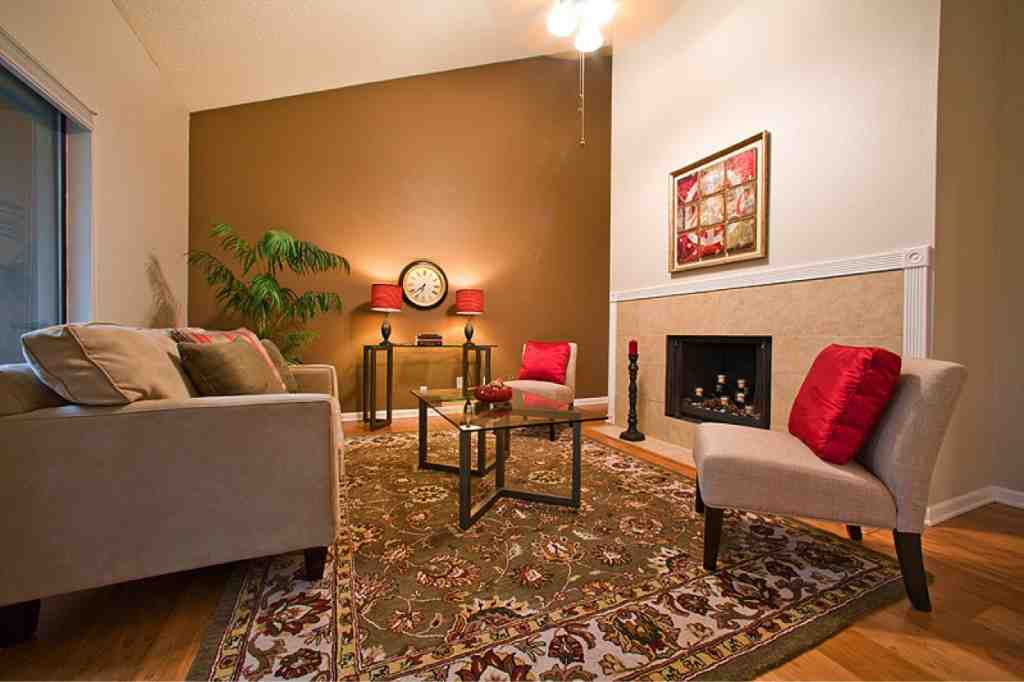
Consider the Mood and Purpose of Your Living Room
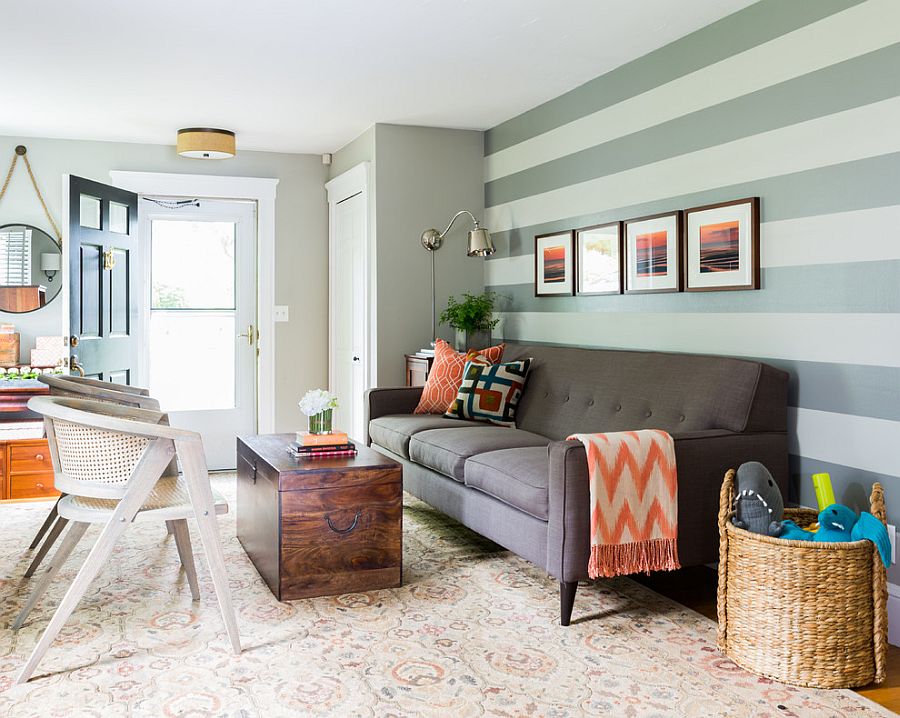 When selecting a color for your accent wall, it's important to think about the overall mood and purpose of your living room. Are you looking for a cozy and intimate space, or a bright and energetic one? Are you hoping to create a relaxing atmosphere for unwinding after a long day, or a vibrant space for entertaining guests?
Featured keywords: accent wall, living room.
The color you choose for your accent wall will greatly influence the overall ambiance of the room, so it's important to choose wisely.
When selecting a color for your accent wall, it's important to think about the overall mood and purpose of your living room. Are you looking for a cozy and intimate space, or a bright and energetic one? Are you hoping to create a relaxing atmosphere for unwinding after a long day, or a vibrant space for entertaining guests?
Featured keywords: accent wall, living room.
The color you choose for your accent wall will greatly influence the overall ambiance of the room, so it's important to choose wisely.
Take Inspiration from Your Existing Decor
 Another great way to choose a color for your accent wall is to look to your existing decor for inspiration.
Related main keyword: house design.
Take note of the colors and patterns that already exist in your living room, and choose a complementary color for your accent wall. This will help tie the room together and create a cohesive look. You can also use this opportunity to incorporate a pop of color that may not be found in the rest of the room, adding visual interest and depth.
Another great way to choose a color for your accent wall is to look to your existing decor for inspiration.
Related main keyword: house design.
Take note of the colors and patterns that already exist in your living room, and choose a complementary color for your accent wall. This will help tie the room together and create a cohesive look. You can also use this opportunity to incorporate a pop of color that may not be found in the rest of the room, adding visual interest and depth.
Consider the Size and Layout of Your Living Room
 The size and layout of your living room should also be taken into consideration when selecting a color for your accent wall.
Related main keyword: house design.
If your living room is small, choosing a bold and dark color for your accent wall may make the room feel even smaller. Instead, opt for a lighter and brighter color to open up the space. If your living room is large, you can be more daring with your accent wall color choice, as it will not overwhelm the room.
The size and layout of your living room should also be taken into consideration when selecting a color for your accent wall.
Related main keyword: house design.
If your living room is small, choosing a bold and dark color for your accent wall may make the room feel even smaller. Instead, opt for a lighter and brighter color to open up the space. If your living room is large, you can be more daring with your accent wall color choice, as it will not overwhelm the room.
Overall, choosing the right color for your accent wall in the living room is all about balance. Featured keywords: accent wall, living room. Consider the mood, existing decor, and size/layout of your living room to find the perfect color that will enhance your space and bring it to life. With a well-chosen accent wall, your living room will become a focal point of your house design, leaving a lasting impression on all who enter.
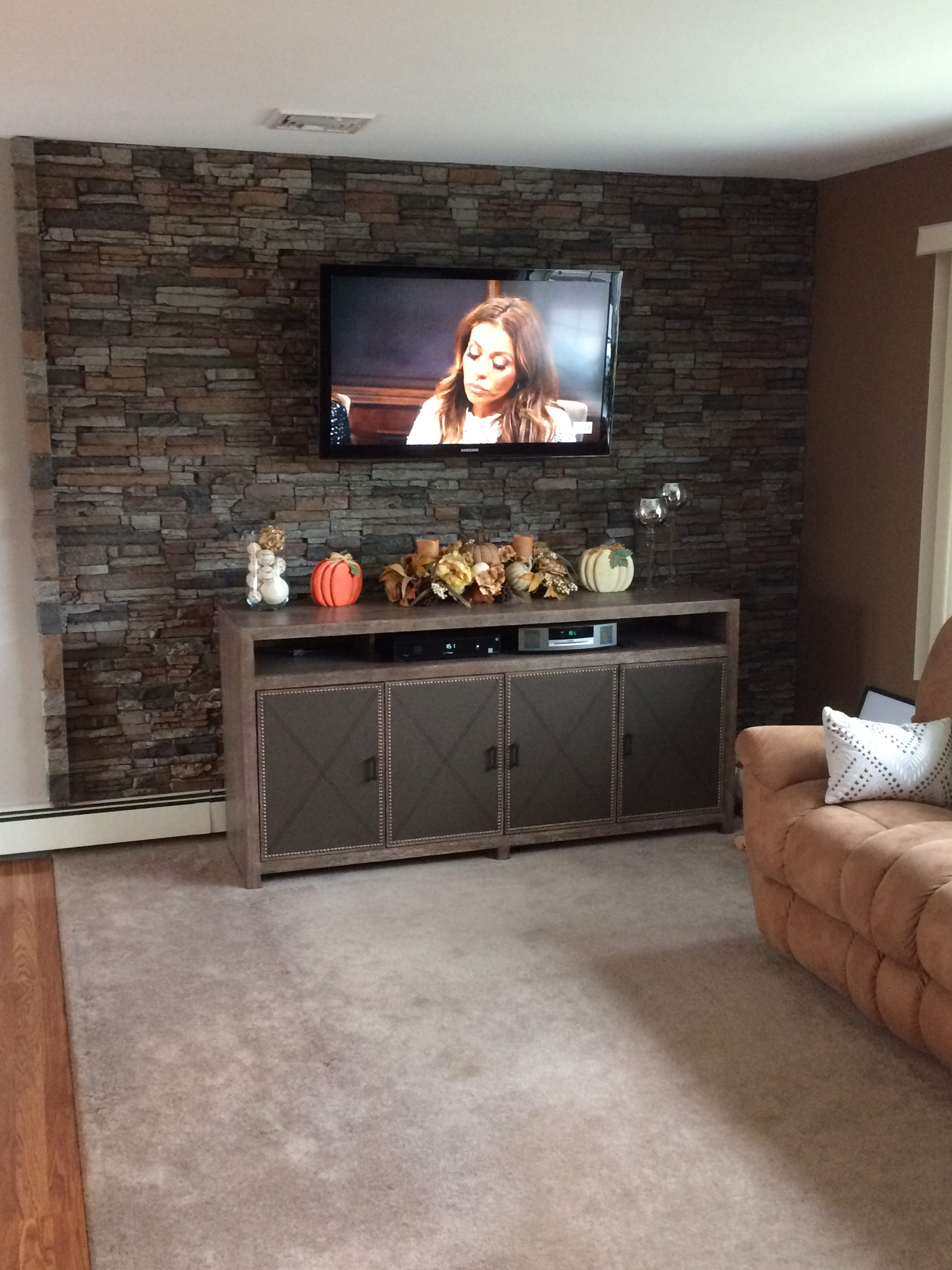
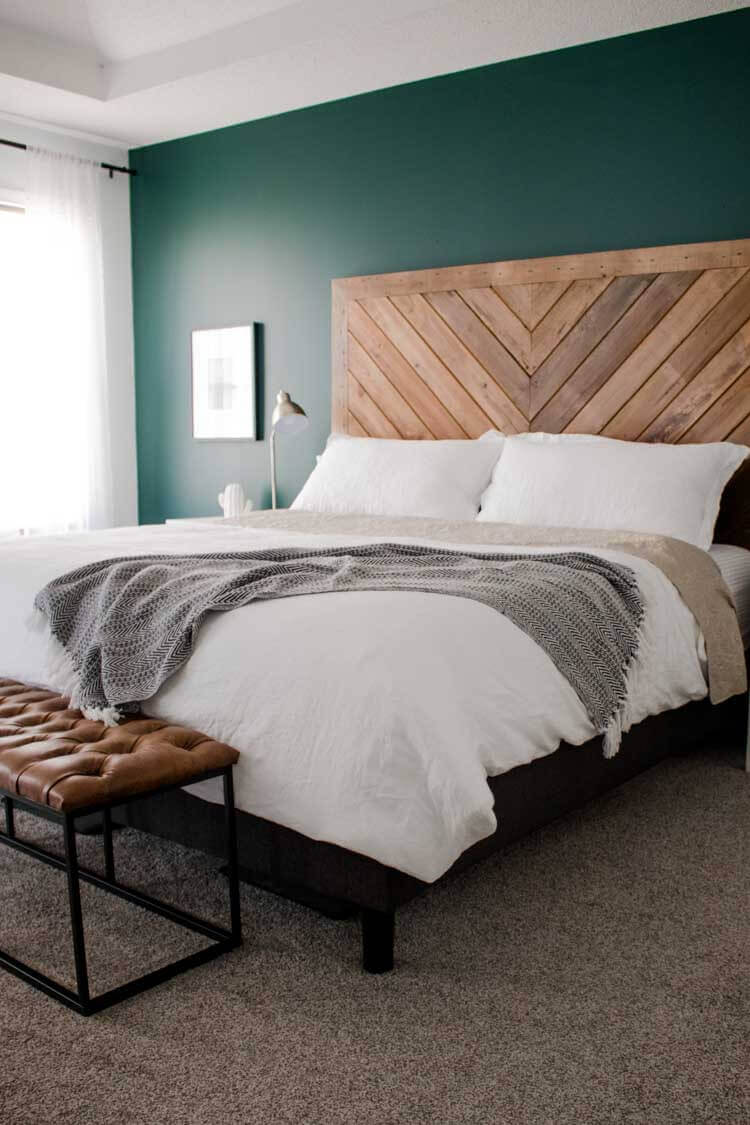
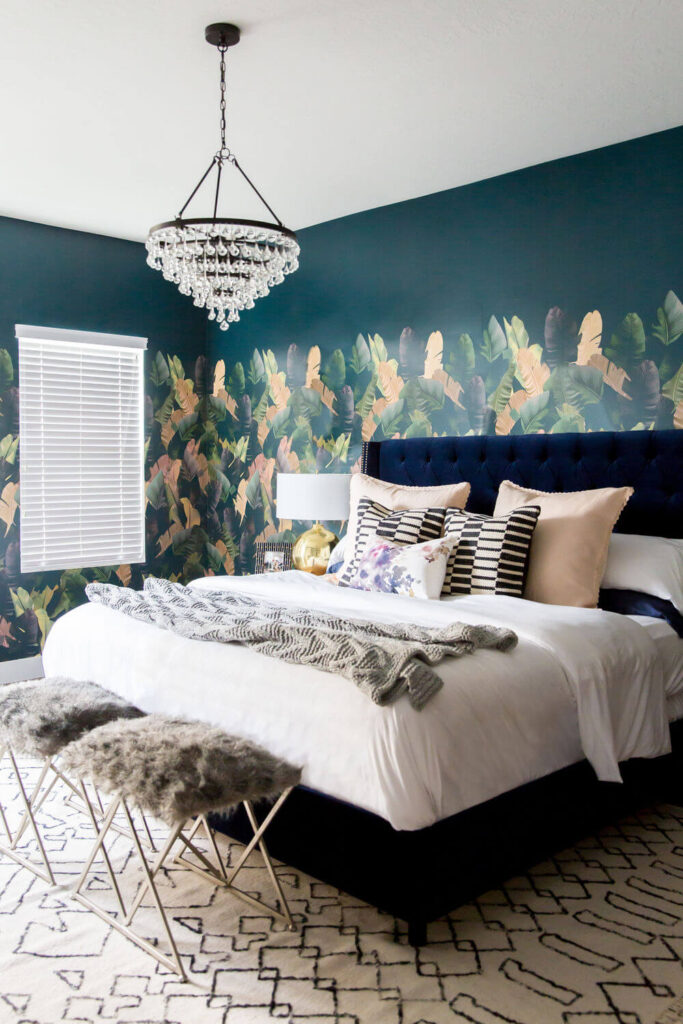


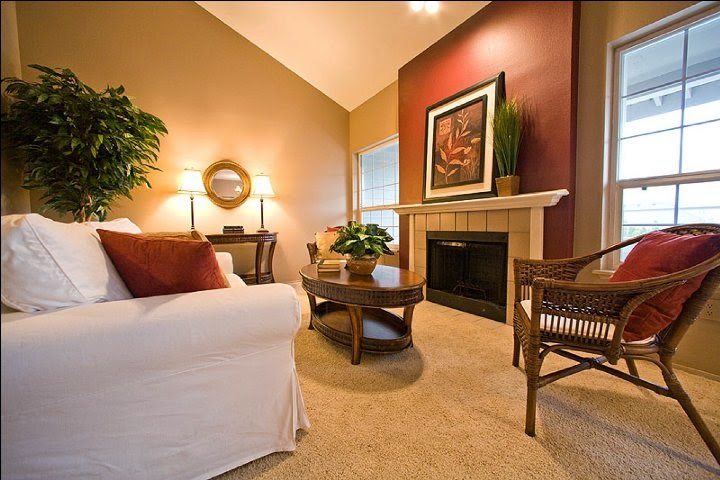








/living-room-accent-walls-4135943-03-ccb81c14f95148e884228f03811e7092.jpg)


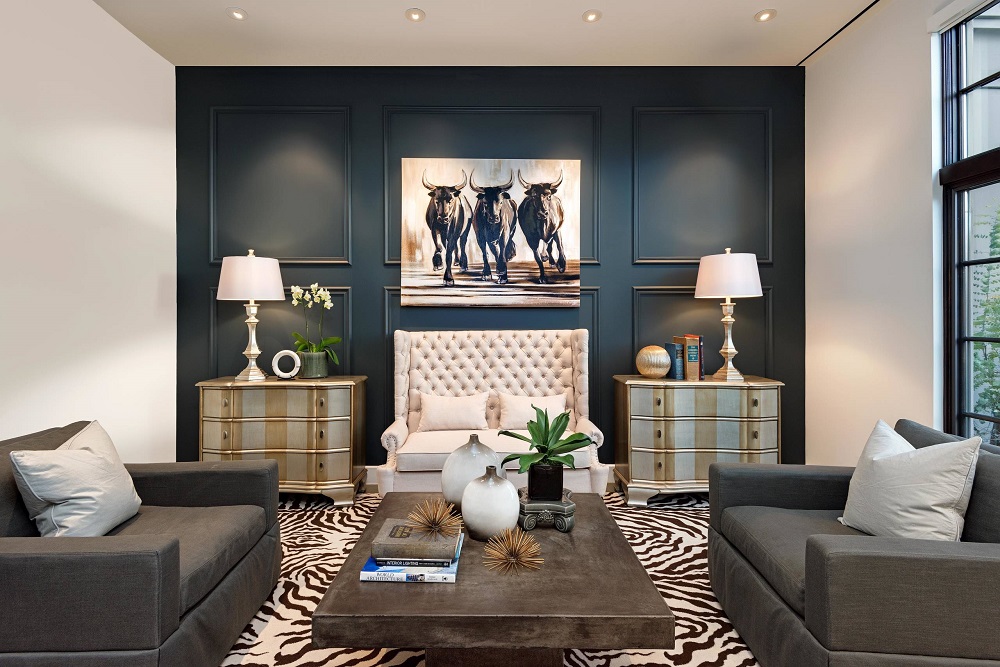
/accent-wall-ideas-1-56b3cb735f9b5829f82c2d18.png)



/living-room-with-orange-wall-640896866-5ab15995a18d9e0037c3a9ba.jpg)

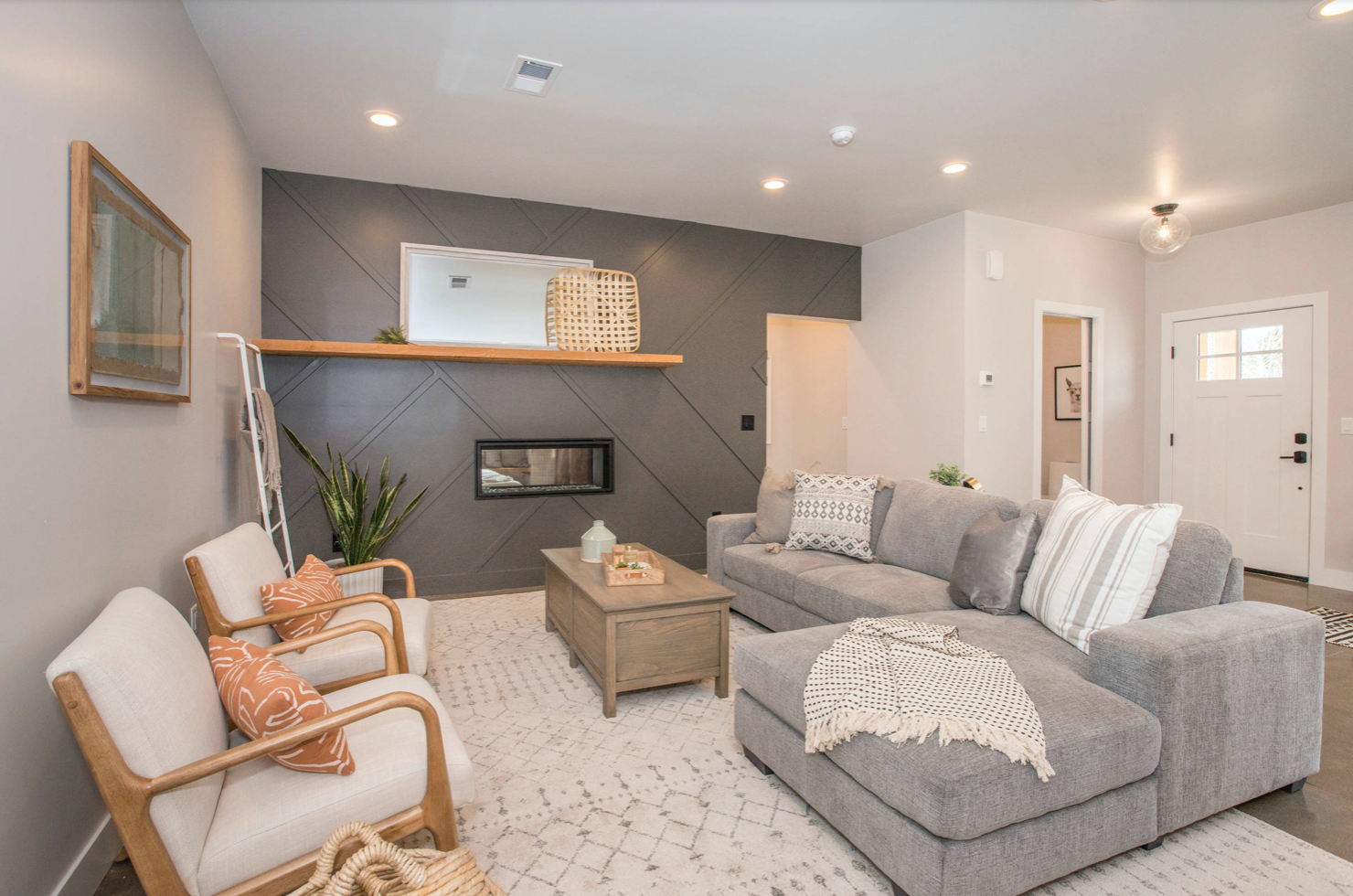





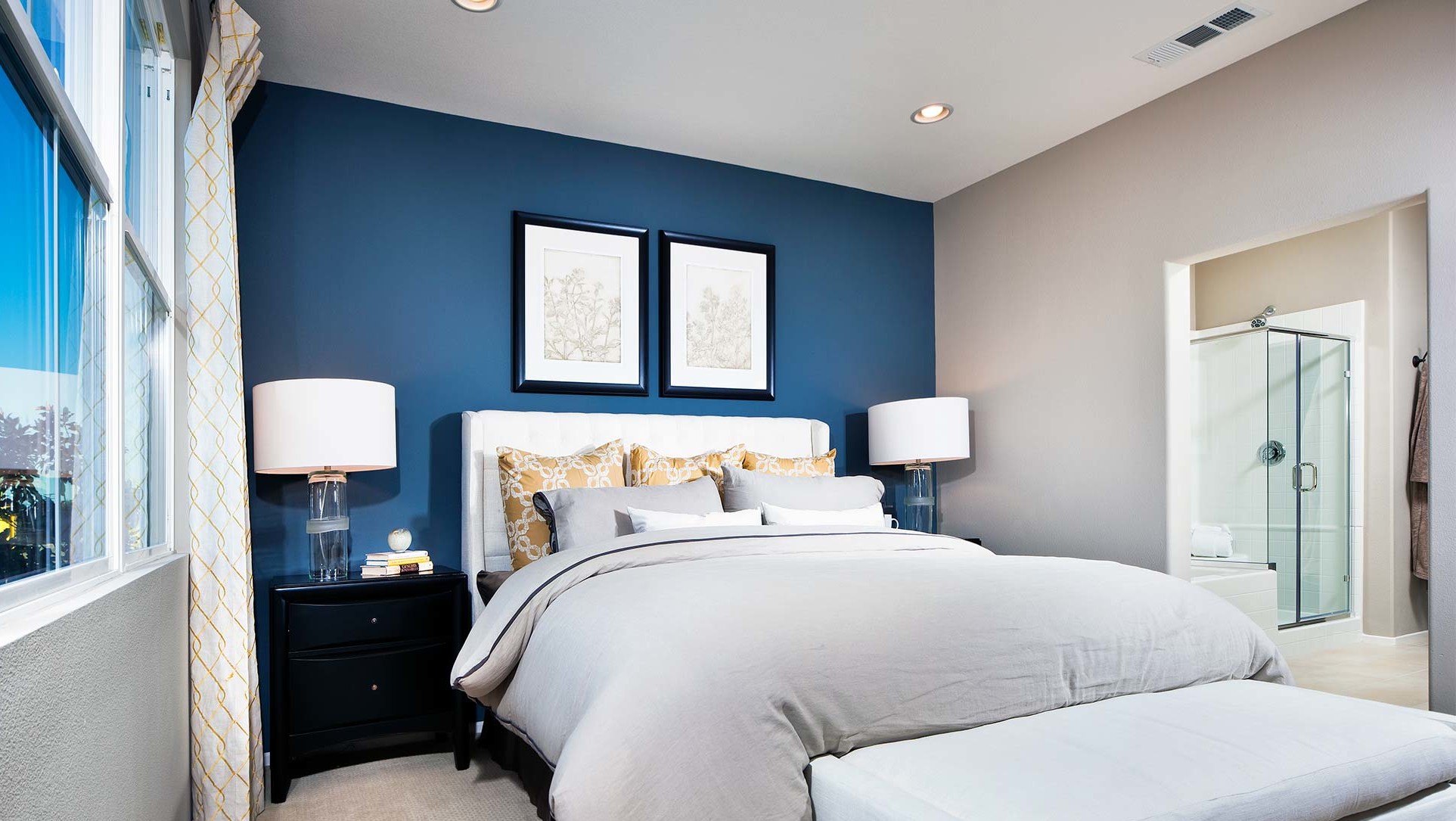





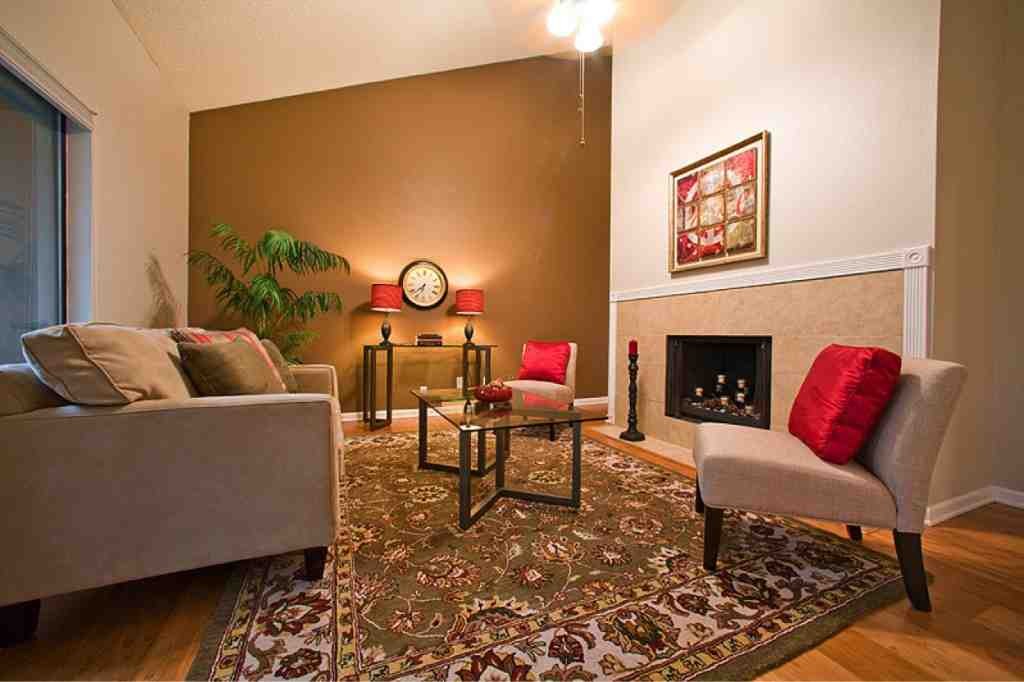
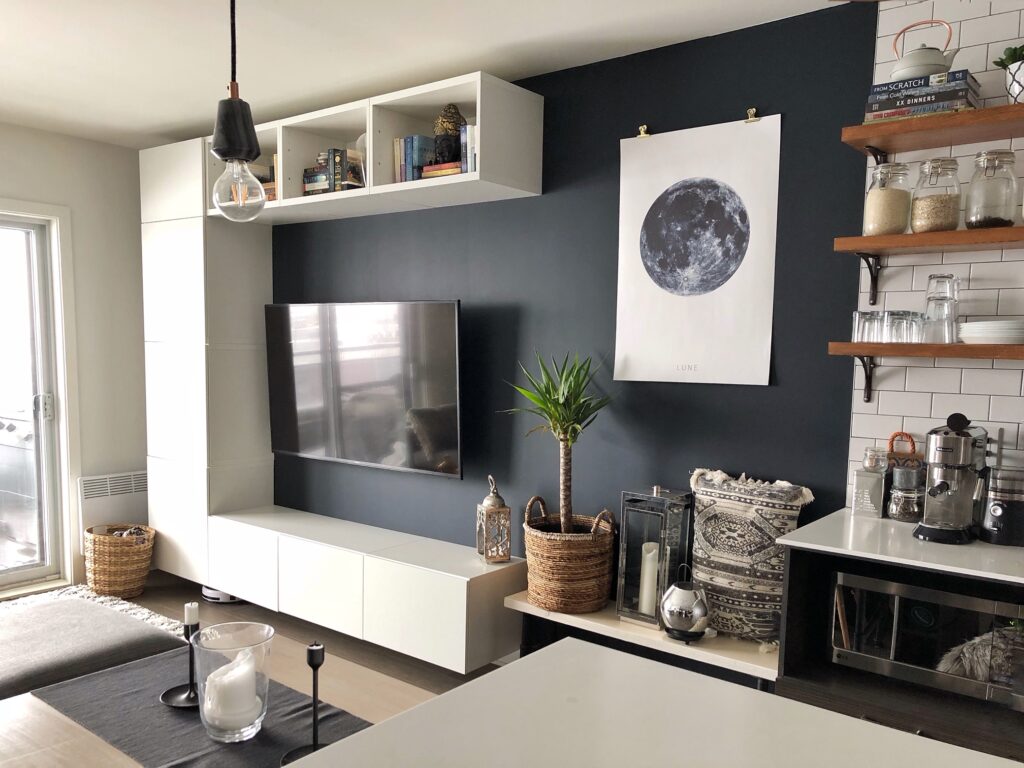
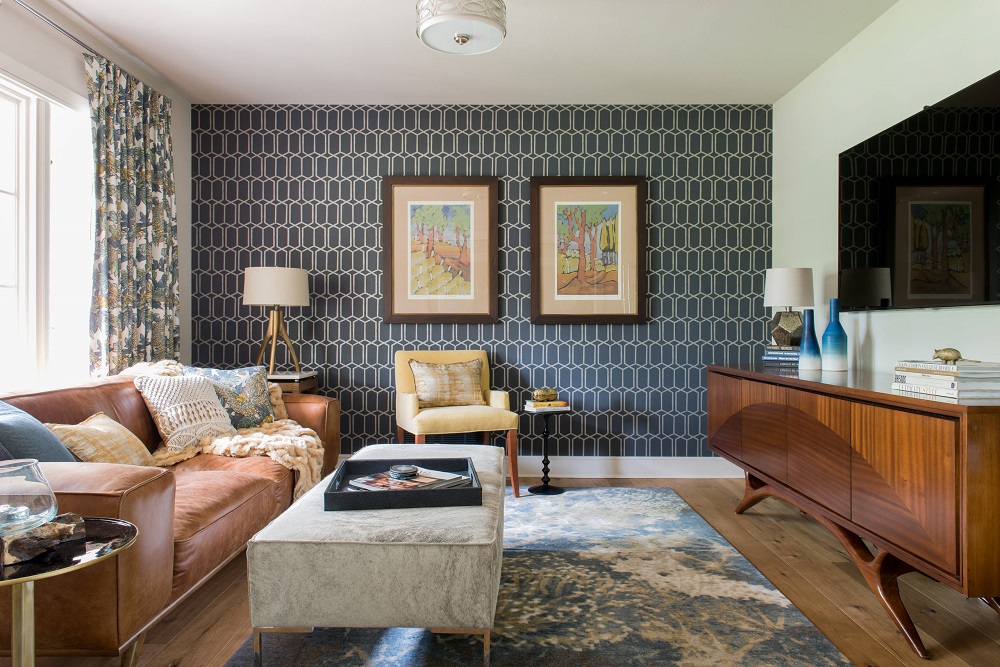



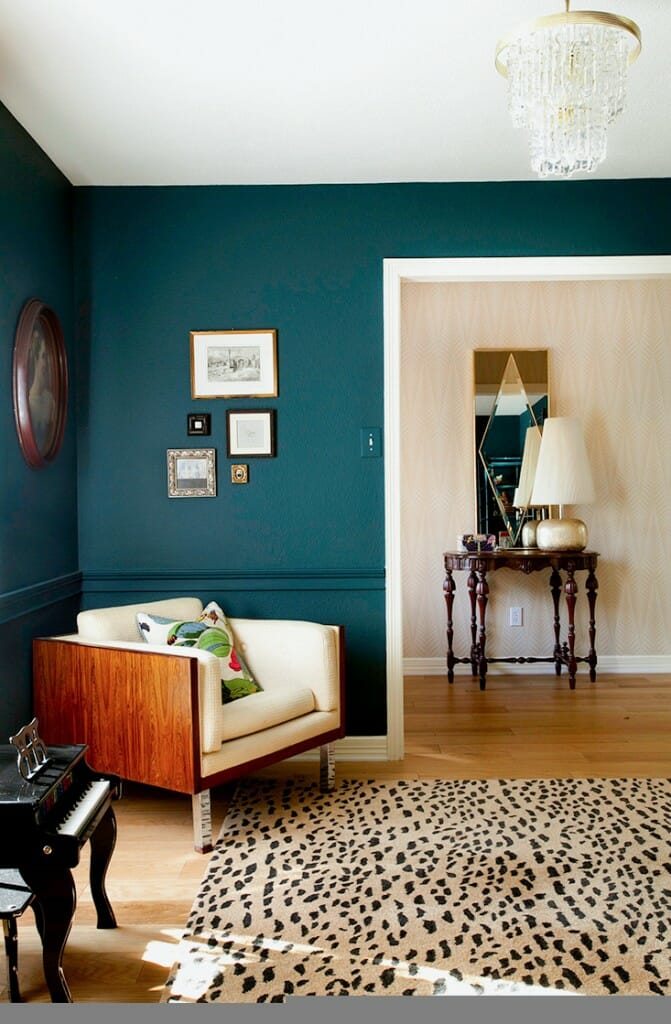



.jpg)



:max_bytes(150000):strip_icc()/Textured-accent-wall-58e438e25f9b58ef7e6f4ccb.png)
